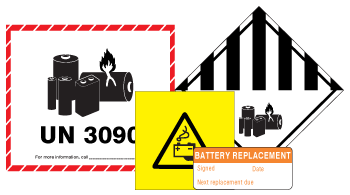
Over the last 25 years, many technological innovations have been powered by lithium-ion batteries. These batteries have been a key component in the miniaturising and development of smartphones, smart-wear and the smart home.
It has been estimated that current annual world usage of this type of rechargeable battery is in excess of 5 billion, and is the mainstay power source for mobile phones, digital cameras, laptop computers, handheld gaming consoles, electronic cigarettes, power tools (cordless drills and sanders), garden equipment (hedge trimmers) and electric vehicles (cars and wheelchairs).
There is worldwide research to improve the performance of rechargeable batteries. While alternatives to lithium-ion are being evaluated, it looks that lithium-ion will continue to be the battery of choice for the immediate and near future, until another technology is commercially proven.
However, there is a challenge to improve battery technology by extending battery life, improving recharging capability and to make them more safety (especially on fire and explosions) and environmental features. The drive is to produce more energy from a battery with less battery weight.
There are two standards UN 3090 (Lithium metal or lithium alloy battery or cell) in compliance with IATA , UN 3081(Lithium metal or alloy batteries contained or packed in equipment), UN 3480 (Lithium-ion batteries - including lithium ion polymer batteries) and UN 3481 (Lithium ion batteries contained in equipment or Lithium ion batteries packed with equipment - including lithium ion polymer batteries). A full range of these labels is available from Label Source to assist in their safe storage, handling and transport.
VIEW OUR LITHIUM ION BATTERY LABELS